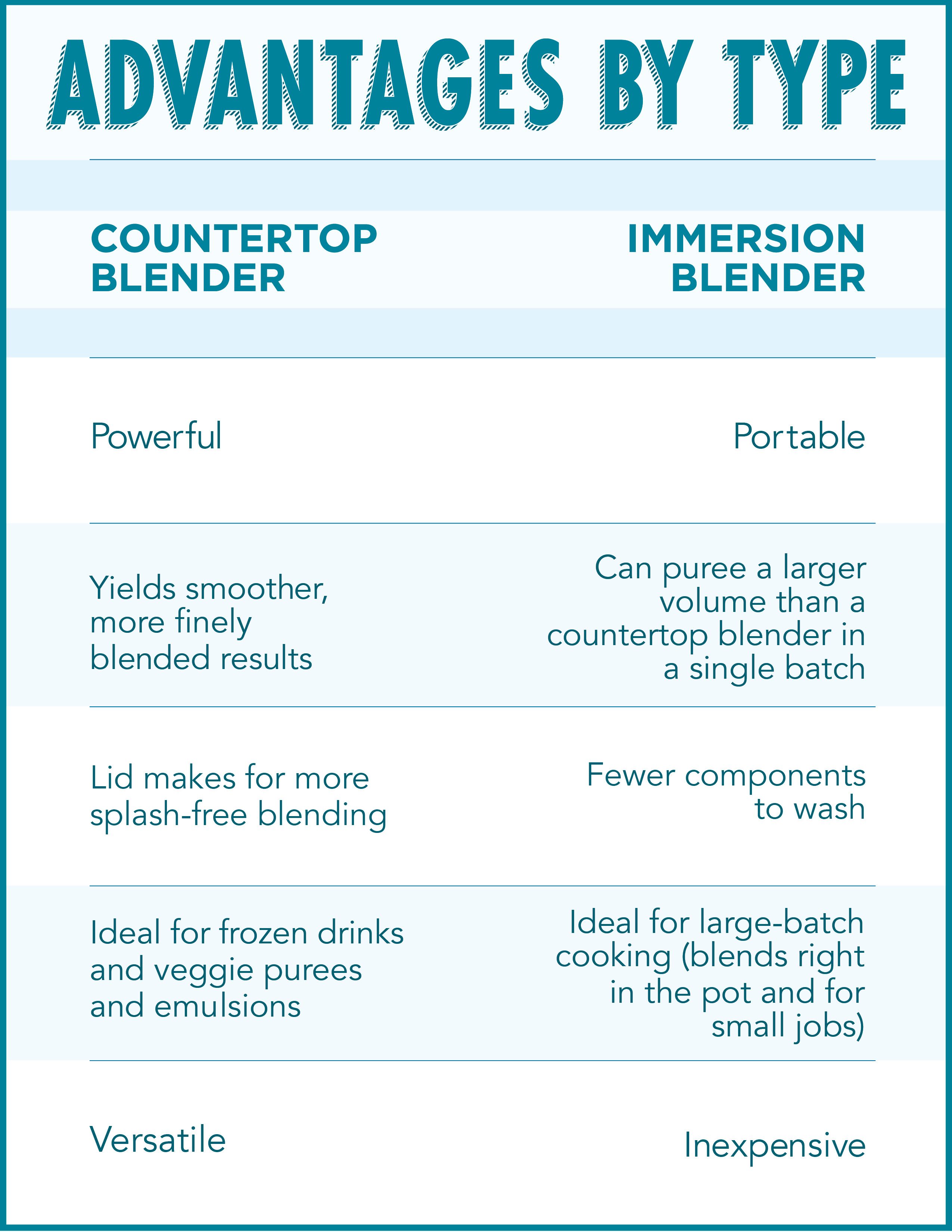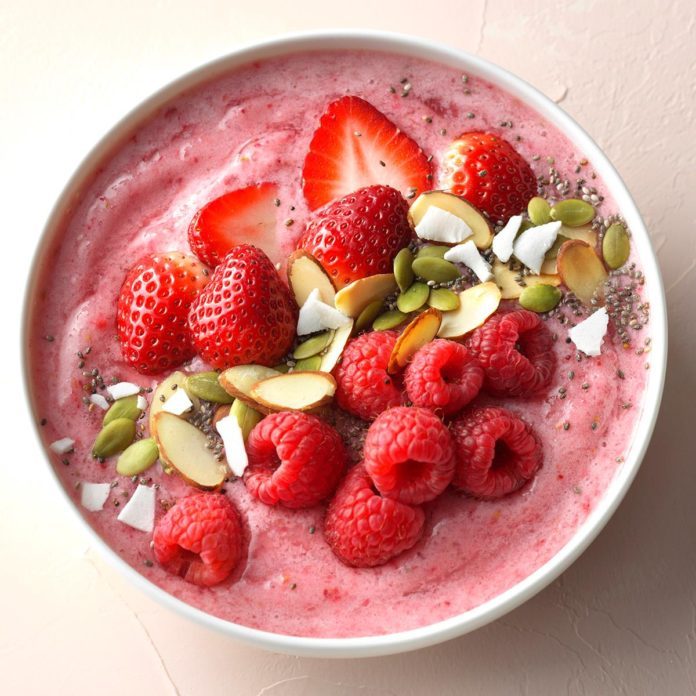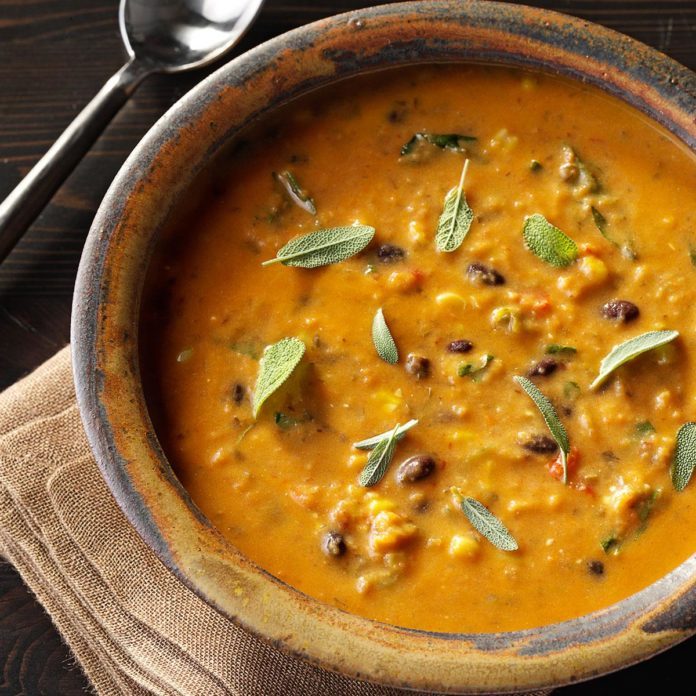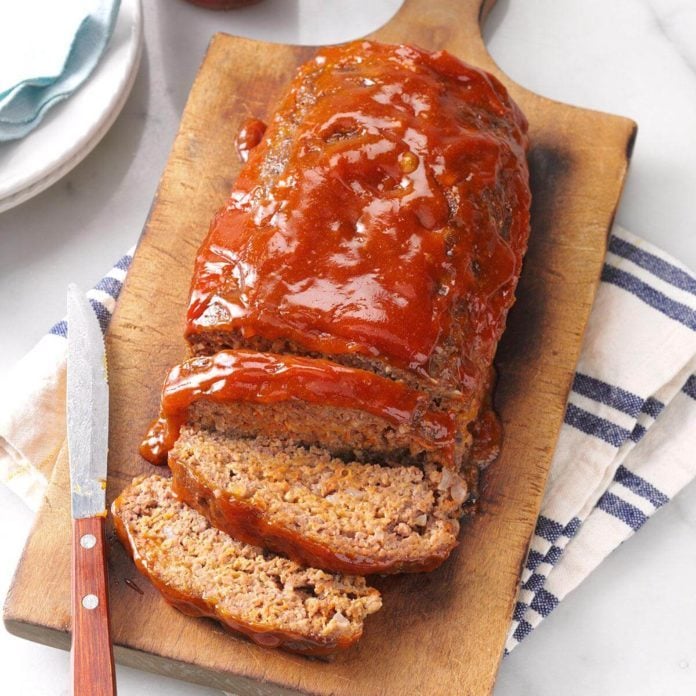There are two main types of blenders, the traditional countertop blender and the immersion, or stick, blender. Here’s what you need to know.
Countertop Blenders
The countertop blender has a pitcher with spinning blades in the bottom that mounts onto a motorized base. More powerful and with more settings than immersion blenders, they can blend, mix, puree, grind, chop and even crush ice. If you cook often with vegetable purees or you love frozen drinks and smoothies, you’ll definitely want a countertop blender. Their reputation of being difficult to clean is a myth. Here’s how to clean a blender with ease.
Our Test Kitchen pros put several blenders to the test. Find out our favorite.
Immersion Blenders
The immersion blender is also called a handheld or stick blender. Some celebrity chefs affectionately call the gadget a boat motor, which it does resemble in some ways! Compact and portable, the immersion blender is ready to blend right in the soup pot, measuring cup or other food vessel. The tool is easy to clean, too, with a wand attachment that detaches from the motor with the push of a button for easy cleaning.
Immersion blenders work best with thin liquids and soft ingredients, such as salad dressings and sauces. (Find 40 recipes using it right here.) While they can’t blend up frozen fruit for a smoothie or carrots for a puree, immersion blenders are quite useful. Their small size means they can be tucked into a drawer when not in use. You can use them to blend up hot foods, like soups and gravies, right in the pan, rather than messily having to transfer a hot liquid into a countertop blender.
Here’s our Test Kitchen’s favorite immersion blender brand.
Which Type of Blender Is Right for You?
Which blender you choose depends on your kitchen needs. If you find that you don’t work with frozen or hard ingredients often, the immersion blender is a space-saving gadget that can work in ways a countertop blender can’t. Likewise, if you would rather have a larger appliance that can do more, you might prefer to get just a countertop blender.

If you have space and room in the budget, both blenders are nice to have. Think about your cooking style before making your purchase. And once you do, here’s how to keep all your small kitchen appliances sparkling.
Our Best Blending Tips
Add liquids first.
Placing liquids in the blender first helps get things moving. This technique gives you faster blending results.
Start slow.
While it’s tempting to go full speed ahead with a high power setting when you blend, this could result in an uneven blend of ingredients. Instead, start at the lowest setting and work your way up.
Get unstuck.
If the blades get hung up on an item, hit the pulse button a couple of times to help dislodge it, then blend away. When using an immersion blender, it works best if there’s enough liquid in the container to immersion blender up and down if using a small container, or in circles for large containers.
Berry Smoothie Bowl
Chipotle Butternut Squash Soup
Pork Tacos with Mango Salsa
S'mores Milk Shake
Homemade Spicy Hot Sauce
Peach-Chipotle Baby Back Ribs
Grilled Eggplant Panini with Basil Aioli
Spiced Pumpkin Coffee Shakes
Cod with Hearty Tomato Sauce
Berry Breakfast Parfaits
Pronto Potato Pancakes
Horchata
Makeover Traditional Cheesecake
Fennel Carrot Soup
Butternut Squash and Sausage Stuffed Shells
Ginger Salmon with Cucumber Lime Sauce
Yogurt Breakfast Drink
Old-World Puff Pancake
Creamy Seafood Enchiladas
Strawberry Watermelon Slush
Bananas Foster Baked French Toast
Traditional Meat Loaf
Hearty Taco Chili
Herbed Turkey Breasts
Thick Strawberry Shakes
Black Bean Tart
Pork Burritos
Contest-Winning Roasted Tomato Soup
Strawberry-Carrot Smoothies
Pecan-Crusted Chicken Nuggets
The post Here’s Everything You Need to Know About Blenders appeared first on Taste of Home.
Christine Rukavena





























